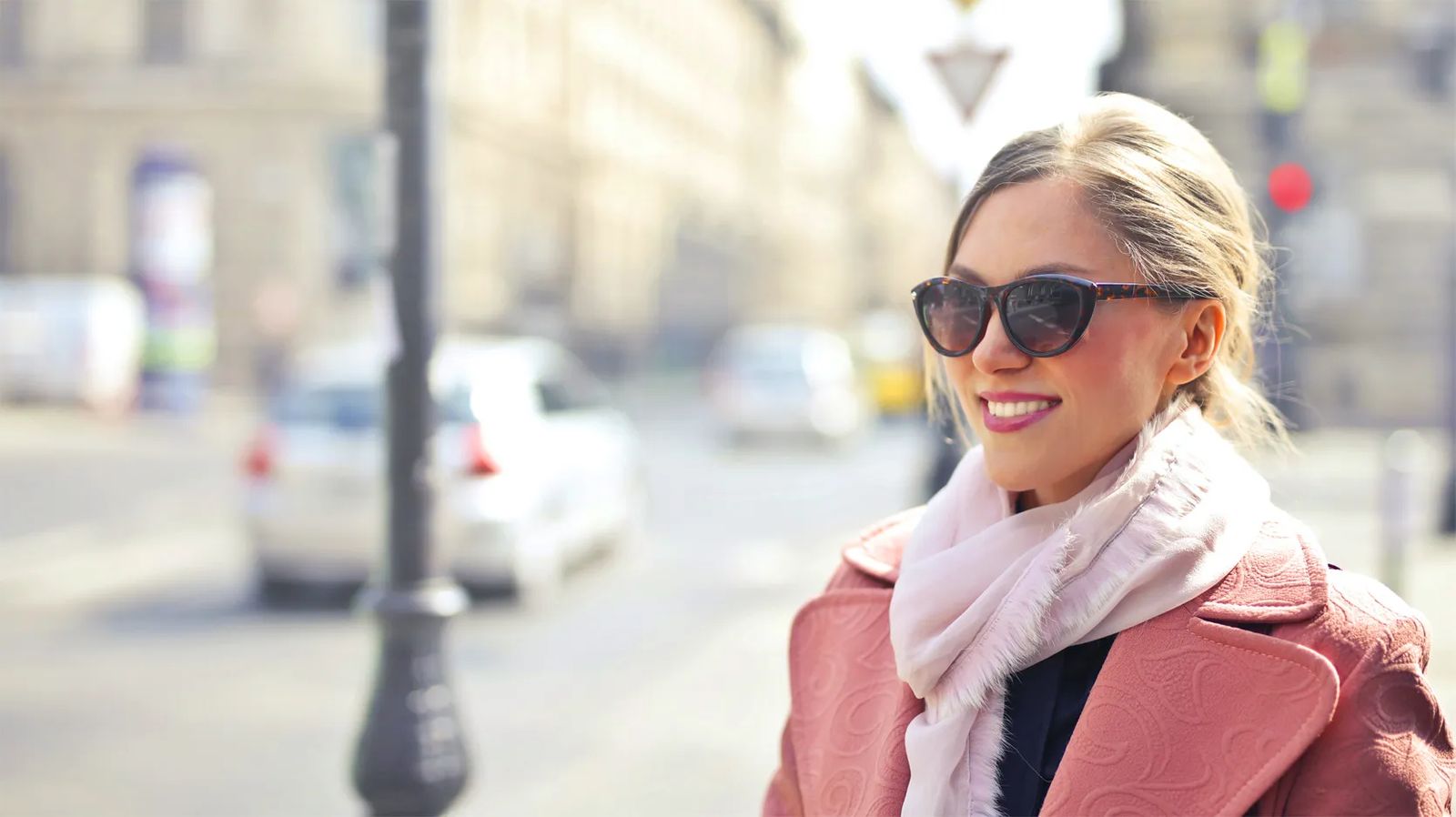
sunglasses aren't just for summer
Protecting your peepers in all seasons, even winter
Dr. Robyn Clausen | BAUER & CLAUSEN OPTOMETRY
When thinking of winter in Yellowstone County and the surrounding areas, so many options come to mind! Heading to Red Lodge for a ski trip or going sledding with the kids at Pioneer Park. Or maybe it’s pulling out the snowblower to clear the driveway once or twice (or three times) a day. You may think thick coats, bright hats, clunky snow boots and the joy of hand warmers.
But in all of those cold weather thoughts, did you think about the dangers of UV exposure? Probably not.
The fact is, if you’re like most people, you associate UV exposure with the sunny temps of summer. What you may not know is that the risk is just as high in winter months.
Facts About Potential UV Exposure
UV rays fluctuate in intensity based on a variety of factors, including altitude, setting and time of day. For example:
- UV levels are greatest at midday when the sun is high in the sky, generally 10 a.m. to 2 p.m.
- Wide open spaces increase the amount of UV exposure as well – especially if there are reflective surfaces like water or snow
- The higher the altitude, the greater the UV levels – think 5% for every 1000 feet above sea level. NOTE: Billings is at 3,123 feet above sea level. Granite Peak, just 75 miles from here, is 12,799 feet. It’s a popular place to play and it’s the highest point in Montana. At just 5,000 feet, your UV exposure increases by 20%
- Certain medications can increase sensitivity of the body to the sun’s UV radiation, including some types of birth control, antibiotics and diuretics. Increased sensitivity means that you can burn in 1/3 to 1/10 the time you normally would normally expect
- Snow can reflect as much as 85% of the sun’s rays upward
- During winter, the angle of the sun and its height in the sky actually increases the risk of UV damage to your eyes due to prolonged exposure. That exposure can lead to a variety of problems, including photokeratitis, which is a sunburn on the layers of your eye.
- If you have sustained this type of burn, your eyes may become red, extremely sensitive to light and you might even tear up a little. Oftentimes, your eyes will also feel tired and gritty. This type of injury can happen in almost any type of weather, and while the symptoms are usually temporary, they are also both painful and unnecessary. What’s equally as concerning is the fact that damage to your eyes can build up over time. This can lead to an increased risk for macular degeneration and other eye diseases later in life.
PROTECTING YOURSELF FROM UV EXPOSURE
So how do you combat UV exposure? By wearing eye protection—and making sure your kids do too. If you’re shredding down a hill, that means wearing ski goggles, which can both combat UV rays as well as provide an extra layer of protection against anything that might fly towards your face. Otherwise, look for quality sunglasses.
HERE ARE A FEW TIPS:
- Wraparound frames or close-fitting styles offer the best protection, as they prevent sunlight from entering around the lens
- Choose lenses that block 100% of the sun’s UVA/UVB rays to protect your eyes and the skin that surrounds it
- Consider polarized lenses, which reduce glare and can provide clearer vision
- Talk to an optician about lens color; for instance, yellow or amber lenses are often good for snow sports by enhancing contrast on a cloudy day, while gray lenses provide clarity without distorting colors on a bright, sunny day.
As you can see (no pun intended), sunglasses are more than a winter fashion statement—they are must-have eye protection. A good pair of sunglasses will not only protect you from dangerous ultraviolet (UV) radiation. They can also help to prevent dry eyes and protect your peepers from blowing snow and ice while you enjoy the great outdoors.









